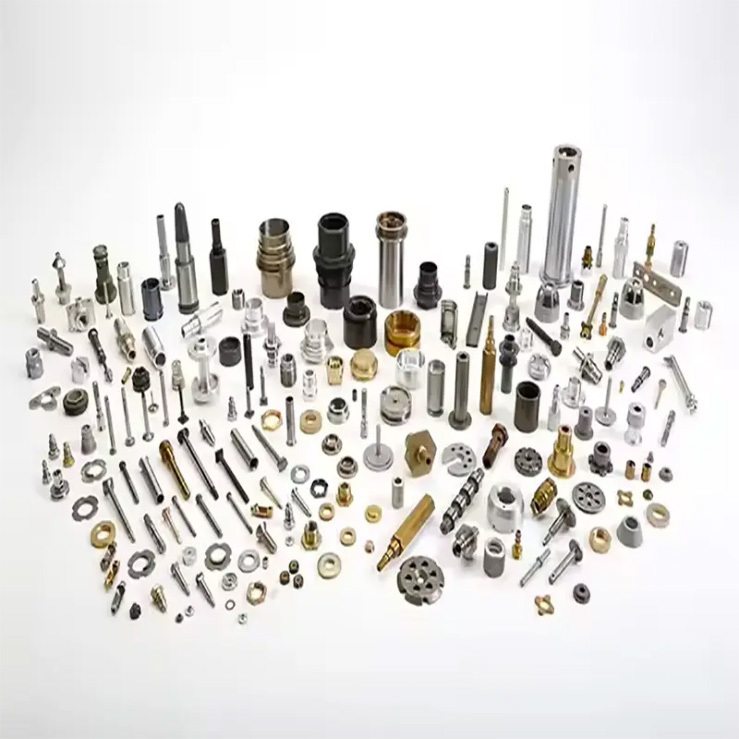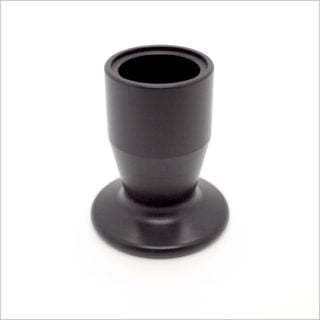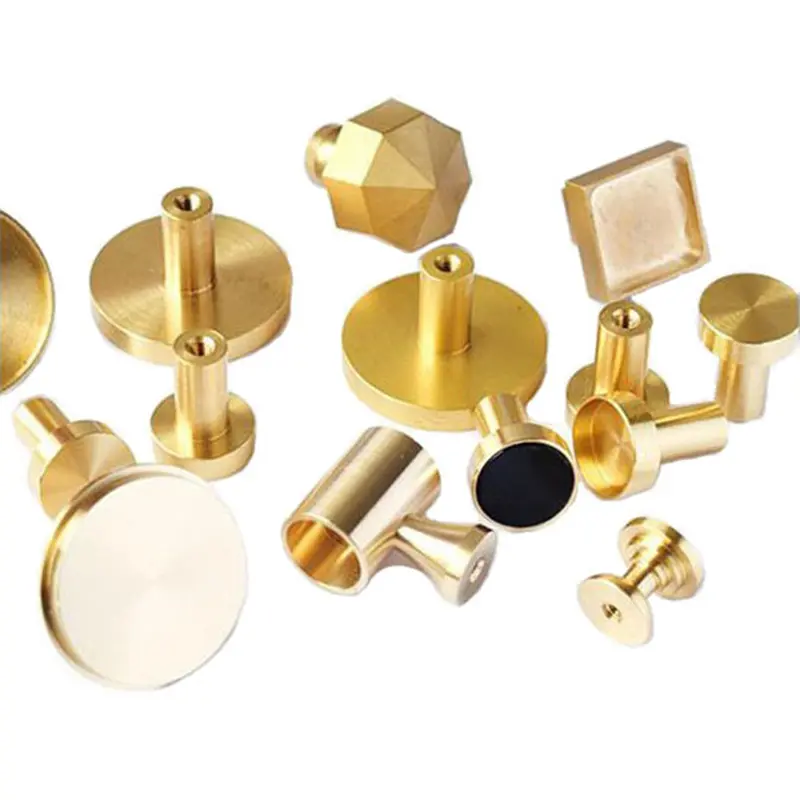Understanding Machined Parts: The Backbone of Precision Manufacturing
Published Time:
2025-10-05
Machined parts are fundamental components produced through various machining processes, which involve removing material from a workpiece to achieve desired shapes and specifications. These parts are essential in a multitude of industries, including automotive, aerospace, electronics, and machinery. The precision and accuracy of machined parts can significantly impact the performance and durability of the final product.
One of the primary advantages of using machined parts is their ability to meet stringent tolerances and specifications. Advanced computer numerical control (CNC) machining allows manufacturers to produce complex geometries with high precision. This technology has revolutionized the way parts are manufactured, providing consistent quality and reducing lead times.
Machined parts can be made from various materials, including metals (such as aluminum, steel, and titanium), plastics, and composites. The choice of material largely depends on the specific application and the required properties, such as strength, weight, and resistance to corrosion or heat. For instance, aluminum is often favored in aerospace applications due to its lightweight and high strength-to-weight ratio, while stainless steel might be selected for its durability and corrosion resistance in medical equipment.
There are several common machining processes used in the production of machined parts. Turning, milling, drilling, and grinding are among the most widely employed techniques. Each method has its unique advantages and is suited for different applications. Turning is typically used for producing cylindrical parts, while milling can create more complex shapes with multiple features. Drilling is essential for adding holes, and grinding is often used to achieve a fine finish or to maintain tight tolerances.
When discussing machined parts, it is also crucial to consider quality assurance. The manufacturing process does not end with the production of the part; post-machining inspection is vital to ensure that the components meet the required standards. Techniques such as dimensional inspection, surface finish evaluation, and non-destructive testing are commonly used to verify quality.
In conclusion, machined parts play an indispensable role in the manufacturing landscape. Their precision, versatility, and ability to be tailored to specific applications make them vital for countless industries. Understanding the processes involved in creating machined parts, as well as their material properties and inspection methods, can significantly enhance the efficiency and effectiveness of manufacturing operations. Embracing innovation in machining technology will continue to drive advancements in the production of machined components, ensuring that industries can meet ever-evolving demands.
One of the primary advantages of using machined parts is their ability to meet stringent tolerances and specifications. Advanced computer numerical control (CNC) machining allows manufacturers to produce complex geometries with high precision. This technology has revolutionized the way parts are manufactured, providing consistent quality and reducing lead times.
Machined parts can be made from various materials, including metals (such as aluminum, steel, and titanium), plastics, and composites. The choice of material largely depends on the specific application and the required properties, such as strength, weight, and resistance to corrosion or heat. For instance, aluminum is often favored in aerospace applications due to its lightweight and high strength-to-weight ratio, while stainless steel might be selected for its durability and corrosion resistance in medical equipment.
There are several common machining processes used in the production of machined parts. Turning, milling, drilling, and grinding are among the most widely employed techniques. Each method has its unique advantages and is suited for different applications. Turning is typically used for producing cylindrical parts, while milling can create more complex shapes with multiple features. Drilling is essential for adding holes, and grinding is often used to achieve a fine finish or to maintain tight tolerances.
When discussing machined parts, it is also crucial to consider quality assurance. The manufacturing process does not end with the production of the part; post-machining inspection is vital to ensure that the components meet the required standards. Techniques such as dimensional inspection, surface finish evaluation, and non-destructive testing are commonly used to verify quality.
In conclusion, machined parts play an indispensable role in the manufacturing landscape. Their precision, versatility, and ability to be tailored to specific applications make them vital for countless industries. Understanding the processes involved in creating machined parts, as well as their material properties and inspection methods, can significantly enhance the efficiency and effectiveness of manufacturing operations. Embracing innovation in machining technology will continue to drive advancements in the production of machined components, ensuring that industries can meet ever-evolving demands.
Previous Page
NewsCenter
Beijing Pafinal Precision Machinery Co., Ltd.
Email:sales@pafinal.com

Address: No. 239 Huanhe South Road, Tianjin Pilot Free Trade Zone (Airport Economic Zone), Tianjin
中企跨境-全域组件
制作前进入CSS配置样式
sales@pafinal.com:
Whatsapp:
在线客服添加返回顶部
图片alt标题设置: PAFINAL
表单验证提示文本: Content cannot be empty!
循环体没有内容时: Sorry,no matching items were found.
CSS / JS 文件放置地




 2025-10-05
2025-10-05


